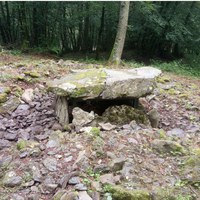17.- Maurketa
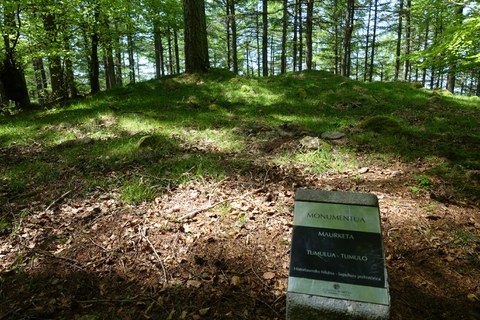
Measurements
The tumulus has a diameter of 16.5 meters and a height of 1.6 meters. The looting hole is 5 meters in diameter and 1.3 meters deep.
Research
It was discovered by J.M. Barandiaran in 1920, and a year later it was excavated by T. Aranzadi, J.M. Barandiarán and E. Eguren. Since then, no further investigation has been conducted. The structure and some materials have been published in various research works: Aranzadi, Barandiaran and Eguren (1922), J. M. Barandiaran (1953), J. Elósegui (1953), Cartas arqueológicas de Gipuzkoa (1982, 1990), J. M. Apellániz (1973 ).
Findings
During the excavation, a worked spark stone, a quartz crystal (salt gem) and three necklaces were found, one of them made of bones and the other two made of stones.
- Type
- Tumulua
- Date
- Neolithic-Bronze Age (4,000-1,500 BC)
- Town
- Bergara
- Location
On the Maurketa pass, on an esplanade between Frantsesbasoa and Leiopago.
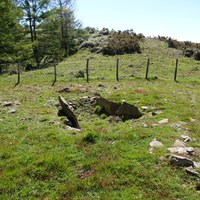
1.- Gizaburuaga
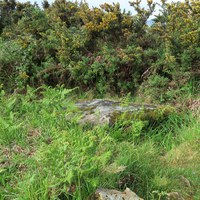
2.- Idoia (Iruia)
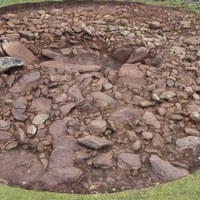
3.- Sabua
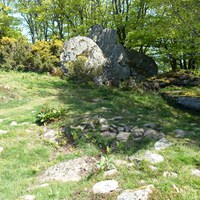
4.- Atxolin
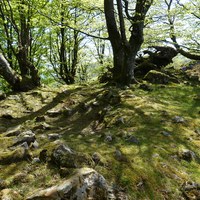
5.- Atxolintxiki I
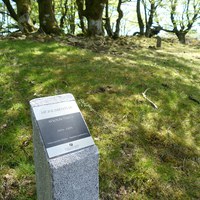
6.- Atxolintxiki II
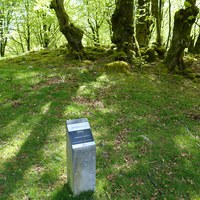
7.- Azkoin
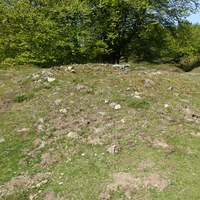
8.- Pagobedeinkatua
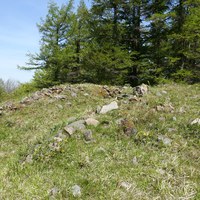
9.- Nasikogoena
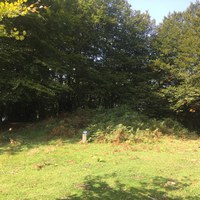
10.- Kurutzebakar
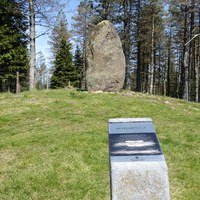
11.- Arribiribilleta
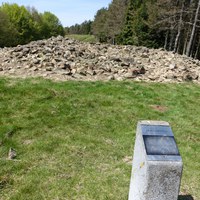
12.- Irukurutzeta
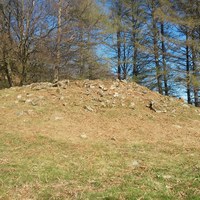
13.- Aizpuruko zabala
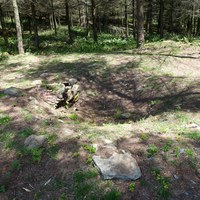
14.- Kerexeta
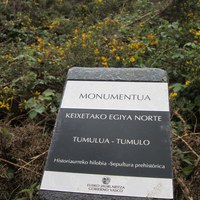
15.- Kerexetaegia Iparrekoa
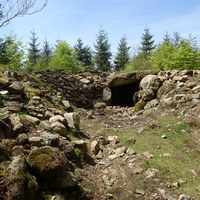
16.- Kerexetaegia Hegokoa
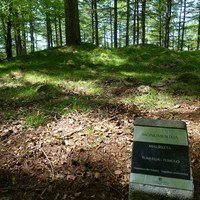
17.- Maurketa
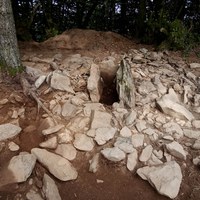
18.- Frantsesbasoa
